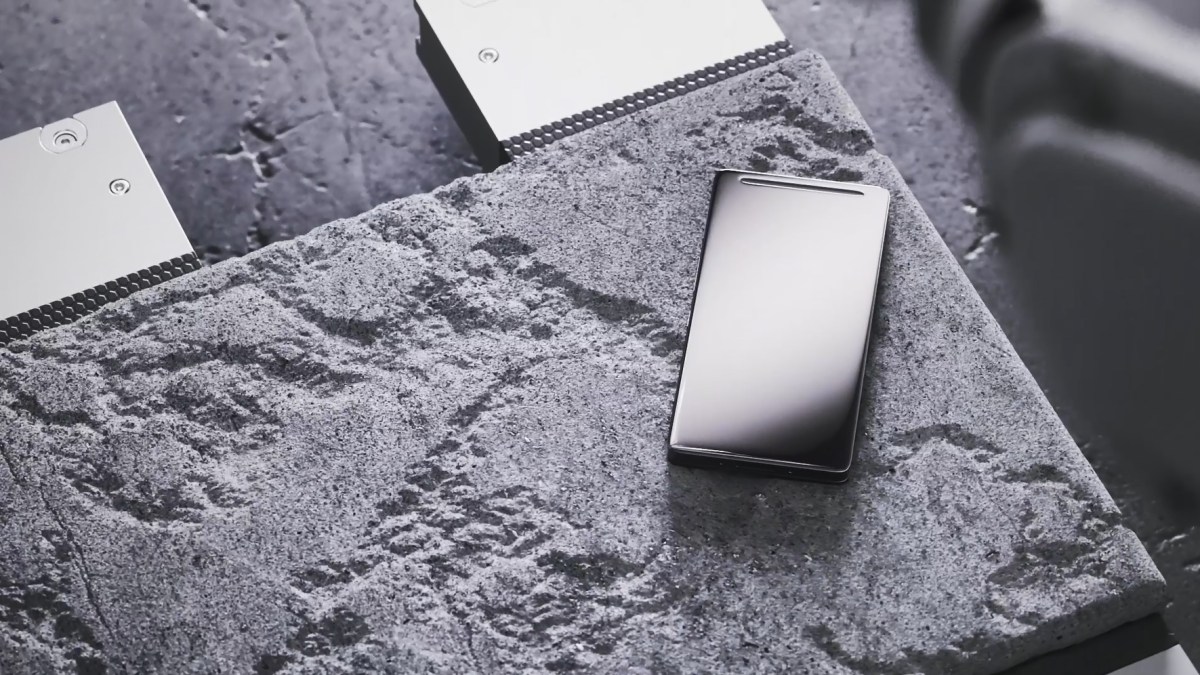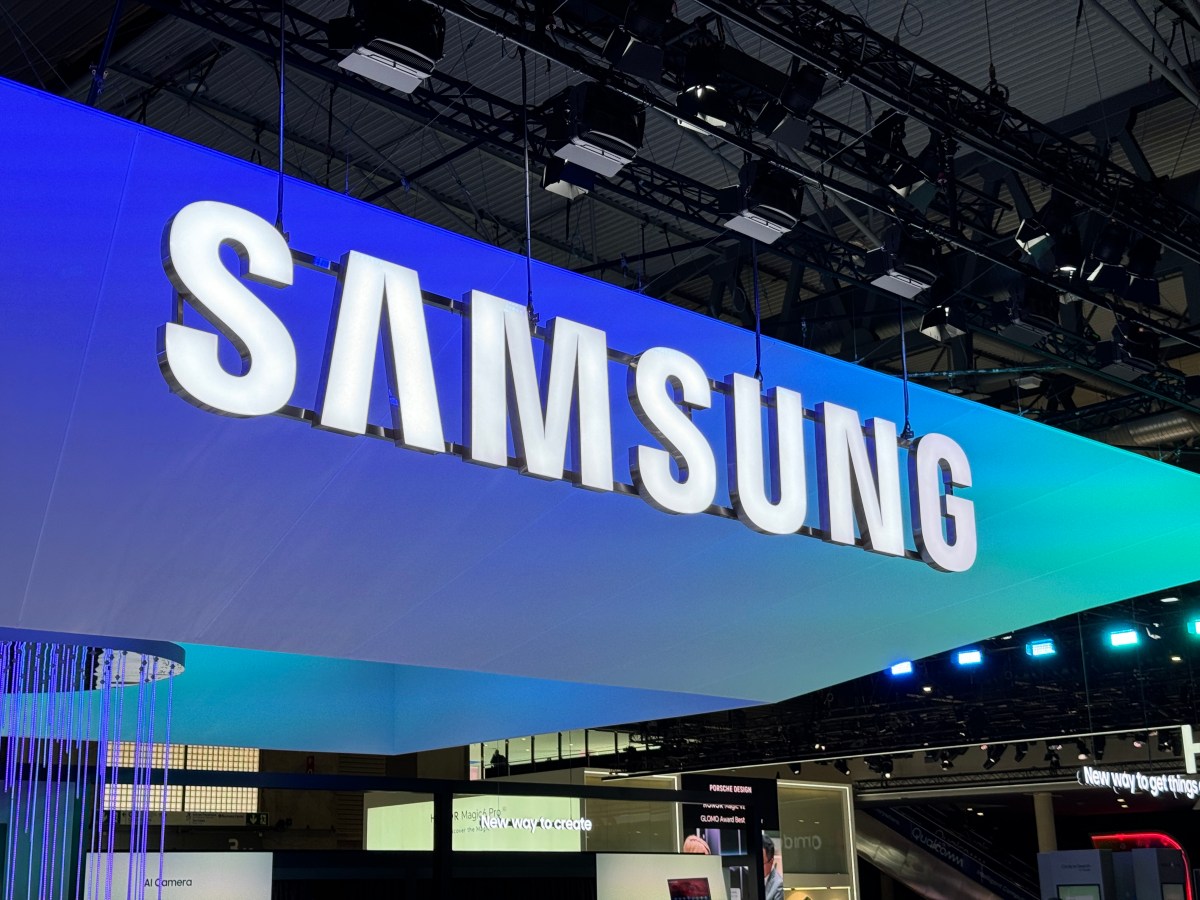ARTICLE AD
As Bumble prepares for its app relaunch this summer, the women-first dating platform announced a series of product updates on Tuesday, including a new feature that lets women prepare questions to send to matches, additional dating intention preferences and prompts, and more.
Allowing women to make the first move has been Bumble’s modus operandi ever since it launched in 2014. A decade later, the company wants to give them even more control thanks to “Opening Move,” a new feature that lets women prewrite an opening line so they can quickly send a message without having to come up with new things to say for each match. (For non-binary and same-gender pairings, either user can create and respond to an Opening Move.)
Users can either type a custom message or select from Bumble’s pre-composed questions, such as “What do you like about my profile?” and “What book or film changed the way you think?” In addition to alleviating some of that messaging anxiety, the new feature could be a helpful way to send a dealbreaker question that weeds out unsuitable matches.
“We recognize that it can sometimes be burdensome to start a chat every single time, so we wanted to listen to our members in that respect, help them find more ways to make that first move feel a little easier,” Dara Alsulayman, a senior product manager at Bumble, told TechCrunch.
Alsulayman revealed that Bumble is planning to “add support for dynamic Opening Moves,” meaning users can create multiple, different types of Opening Moves instead of only being able to send one version.
Bumble experimented with the Opening Move feature in various markets, including New Zealand and Australia, new CEO Lidiane Jones previously told Fortune. The company notes in Tuesday’s press release that, during the testing phase, the feature led to higher reply rates and longer conversations.
Bumble also made updates to profiles, including expanding its “Intentions” badges (an advanced filter option for premium members) to help narrow down the dating search. For instance, the dating app has added more specific intentions other than looking for a “relationship,” “something casual,” or “marriage.” Starting today, users can choose between “fun, casual dates,” “intimacy without commitment,” “life partner,” and “ethical non-monogamy.” Plus, there’s now the option to show two intentions on dating profiles.
Additionally, Bumble launched a new Interests section to showcase which three causes and communities a user supports, such as feminism, environmentalism, and LGBTQ+ rights.
Bumble is continuing to help daters show off their personalities on their profiles by rolling out hundreds of new prompts for users, as well as new categories to help users find prompts. For example, there’s now an “About Me” category that offers prompts like “I’m known for,” “I’m a real nerd about,” and “My humble brag is.” Other categories include prompts related to date nights and self-care.
As part of the update, Bumble now requires new users to add four pictures to their profiles, when previously they only required two. Alsulayman said this is because users with more photos are more successful at finding connections. One common complaint among dissatisfied members is that some users haven’t added enough photos.
With Bumble approaching its tenth anniversary, the company also unveiled a new logo and refreshed app design on Tuesday, featuring bold fonts and a more “modern” feel, Alsulayman said.
“[The new design] feels a lot more in line with what our users have been asking for,” she added.
Dating app fatigue is becoming more prevalent in our society, specifically among the Gen Z generation, who are fed up with swiping culture. Bumble’s recent update indicates that the dating app is trying to step up its game and appeal to younger users. In the second quarter of 2024, the company plans to relaunch its app, introducing new AI-powered features and other improvements, like potentially allowing men to send the first message.

 6 months ago
35
6 months ago
35 


